-
 Bitcoin
Bitcoin $117500
2.15% -
 Ethereum
Ethereum $3911
6.19% -
 XRP
XRP $3.316
10.79% -
 Tether USDt
Tether USDt $1.000
0.01% -
 BNB
BNB $787.2
2.24% -
 Solana
Solana $175.2
4.15% -
 USDC
USDC $0.9999
0.00% -
 Dogecoin
Dogecoin $0.2225
8.40% -
 TRON
TRON $0.3383
0.28% -
 Cardano
Cardano $0.7868
6.02% -
 Stellar
Stellar $0.4382
9.34% -
 Hyperliquid
Hyperliquid $40.92
7.56% -
 Sui
Sui $3.764
7.63% -
 Chainlink
Chainlink $18.48
10.66% -
 Bitcoin Cash
Bitcoin Cash $582.1
1.88% -
 Hedera
Hedera $0.2601
6.30% -
 Avalanche
Avalanche $23.33
4.94% -
 Ethena USDe
Ethena USDe $1.001
0.02% -
 Litecoin
Litecoin $122.3
2.04% -
 UNUS SED LEO
UNUS SED LEO $8.969
-0.27% -
 Toncoin
Toncoin $3.339
0.86% -
 Shiba Inu
Shiba Inu $0.00001287
4.30% -
 Uniswap
Uniswap $10.43
7.38% -
 Polkadot
Polkadot $3.861
5.08% -
 Dai
Dai $1.000
0.02% -
 Bitget Token
Bitget Token $4.513
3.41% -
 Monero
Monero $267.7
-6.18% -
 Cronos
Cronos $0.1499
4.14% -
 Pepe
Pepe $0.00001110
5.15% -
 Aave
Aave $284.9
8.28%
What is Ethereum's PoW (Proof of Work)?
Ethereum's Proof of Work (PoW) consensus mechanism relies on miners solving complex mathematical problems, utilizing computational power to secure the network and earn block rewards while facing challenges of energy consumption and efficiency.
Feb 16, 2025 at 10:49 pm
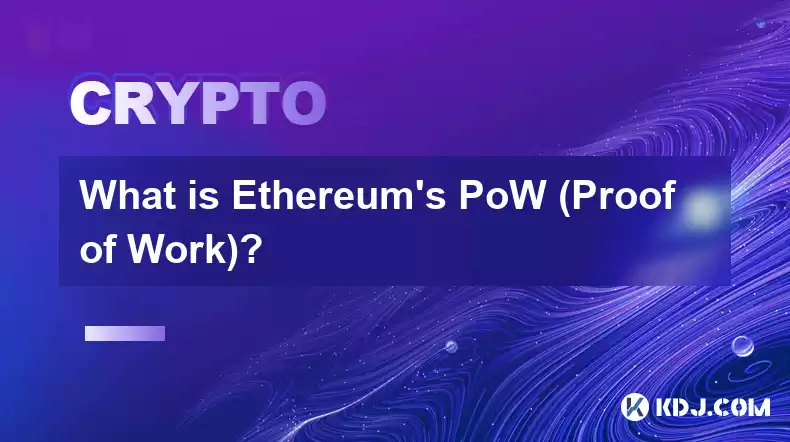
Key Points:
- Ethereum's Proof of Work (PoW) consensus mechanism
- How PoW works and its advantages and disadvantages
- The transition to Proof of Stake (PoS)
- Mining Ethereum and the rewards involved
- Different types of mining equipment and how to choose the best one
- Mining pools and how they can increase profitability
- The environmental impact of PoW mining
Ethereum's Proof of Work (PoW) Consensus Mechanism:
Ethereum's Proof of Work (PoW) consensus mechanism is a way to ensure the network reaches an agreement on the state of the blockchain. In PoW, miners compete to solve complex mathematical problems. The first node to find a solution broadcasts the solution to the network. The other nodes verify the solution, and if it is correct, they add the block created by the node to the blockchain.
How Proof of Work Works and Its Advantages and Disadvantages:
PoW works by creating a lottery system using computational power. Miners use their computers to solve complex mathematical problems, and the first node to solve a problem gets to add the next block to the blockchain and earn a block reward.
Advantages of PoW:
- Decentralized security: anyone can participate in securing the network and creating new blocks.
- Censorship resistance: it is very difficult for a single entity or group to control the network.
- Economic incentives: miners are rewarded for securing the network and creating new blocks, which encourages participation.
Disadvantages of PoW:
- High energy consumption: PoW mining uses a lot of electricity to solve complex mathematical problems.
- Low throughput: PoW is not very efficient at processing transactions, and it can take a long time to add a block to the blockchain.
The Transition to Proof of Stake (PoS):
Ethereum is currently in the process of transitioning from PoW to Proof of Stake (PoS). PoS is a more efficient and environmentally friendly consensus mechanism that uses validators instead of miners. In PoS, validators are responsible for verifying and adding blocks to the blockchain. They are rewarded for doing so, and the amount of the reward is proportional to the amount of ETH they stake.
Mining Ethereum and the Rewards Involved:
Mining Ethereum involves solving complex mathematical problems using specialized hardware. Miners are rewarded for their work with ETH. The block reward is currently 2 ETH, and it is halved every four years. In addition to the block reward, miners can also earn transaction fees.
Different Types of Mining Equipment and How to Choose the Best One:
There are three main types of mining equipment: CPUs, GPUs, and ASICs. CPUs are the least efficient and profitable for mining Ethereum. GPUs can be more efficient and profitable than CPUs, but they are also more expensive. ASICs are the most efficient and profitable mining equipment, but they are also the most expensive.
When choosing mining equipment, you need to consider the following:
- The hashrate of the device
- The power consumption of the device
- The price of the device
Mining Pools and How They Can Increase Profitability:
Mining pools are groups of miners who combine their computing power to increase their chances of finding blocks and earning rewards. There are many different mining pools available, each with its own fees and rewards system. Choosing the right mining pool can help you increase your profitability.
The Environmental Impact of PoW Mining:
PoW mining uses a lot of electricity. This can contribute to environmental damage, such as climate change. However, there are ways to reduce the environmental impact of PoW mining. One way is to use renewable energy sources, such as solar or wind power. Another way is to use more efficient mining equipment.
FAQs:
What is the purpose of Proof of Work (PoW)?
- To secure the network, verify transactions, and create new blocks on the blockchain.
What is the difference between PoW and Proof of Stake (PoS)?
- PoW uses computational power to secure the network, while PoS uses validators who stake their ETH.
How can I start mining Ethereum?
- You need to purchase mining equipment and join a mining pool.
Is mining Ethereum profitable?
- The profitability of mining Ethereum depends on a number of factors, such as the price of ETH, the difficulty of mining, and the cost of electricity.
What are the environmental concerns associated with PoW mining?
- PoW mining uses a lot of electricity, which can contribute to environmental damage.
Disclaimer:info@kdj.com
The information provided is not trading advice. kdj.com does not assume any responsibility for any investments made based on the information provided in this article. Cryptocurrencies are highly volatile and it is highly recommended that you invest with caution after thorough research!
If you believe that the content used on this website infringes your copyright, please contact us immediately (info@kdj.com) and we will delete it promptly.
- Tron's Sell-Off Spurs Altcoin Shift: What's Next for TRX?
- 2025-08-08 08:30:12
- RUVI Presale: Is the Growth Potential Real?
- 2025-08-08 09:10:12
- Sleep Token's US Takeover: Thornhill Rides the 'Even In Arcadia' Wave
- 2025-08-08 08:30:12
- FTT Token's Wild Ride: Creditor Repayments vs. Market Drop - A New Yorker's Take
- 2025-08-08 07:10:12
- Floki Crypto Price Prediction: Riding the Robinhood Rocket or Just a Meme?
- 2025-08-08 07:15:12
- EigenLayer, Restaking, and Ethereum: Navigating the Hype and the Hazards
- 2025-08-08 06:30:12
Related knowledge

Where can I buy UMA (UMA)?
Aug 07,2025 at 06:42pm
Understanding UMA and Its Role in Decentralized FinanceUMA (Universal Market Access) is an Ethereum-based decentralized finance (DeFi) protocol design...
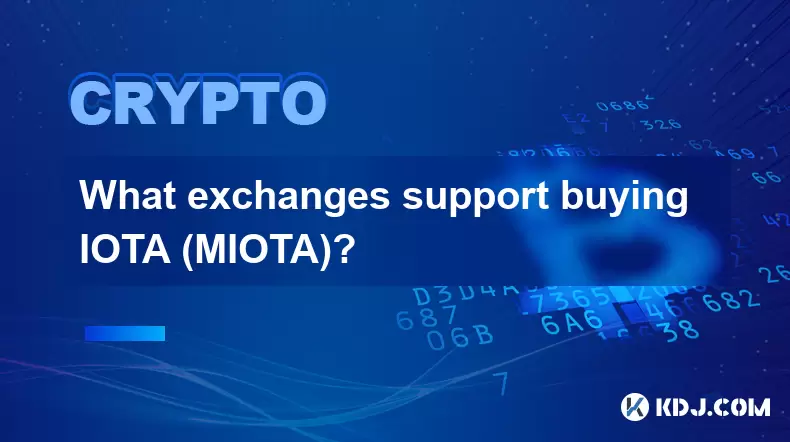
What exchanges support buying IOTA (MIOTA)?
Aug 07,2025 at 09:58pm
Understanding the Role of Private Keys in Cryptocurrency SecurityIn the world of cryptocurrency, private keys are the cornerstone of ownership and con...
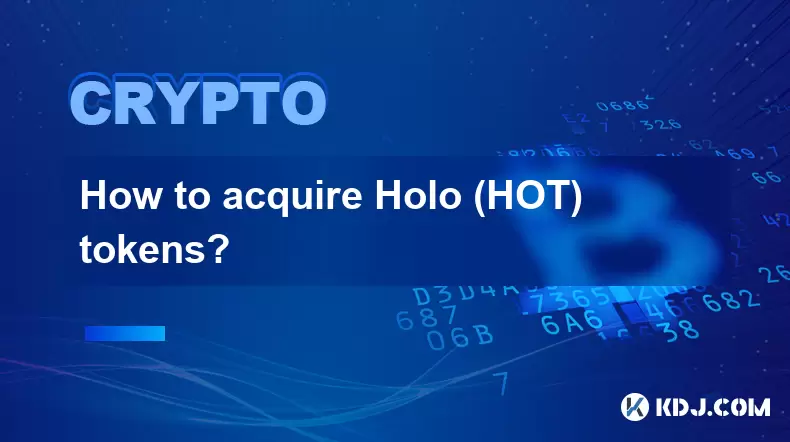
How to acquire Holo (HOT) tokens?
Aug 08,2025 at 05:56am
Understanding Holo (HOT) and Its EcosystemHolo (HOT) is a cryptocurrency token associated with the Holo ecosystem, which is built on the Holochain fra...
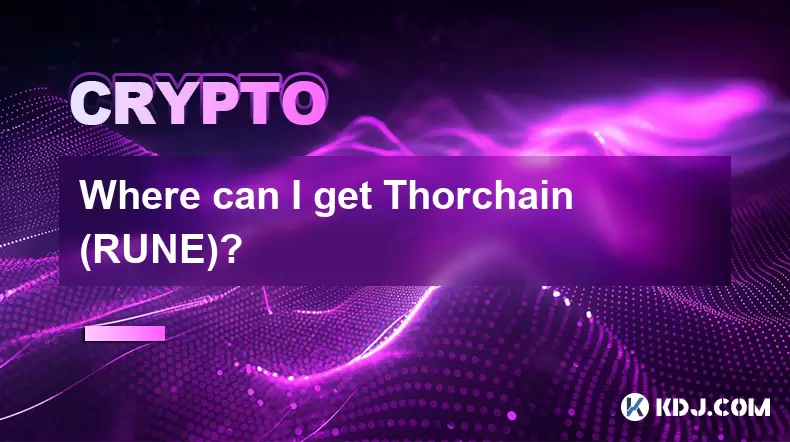
Where can I get Thorchain (RUNE)?
Aug 08,2025 at 08:07am
Understanding the Role of Seed Phrases in Cryptocurrency WalletsA seed phrase, also known as a recovery phrase or mnemonic phrase, is a critical compo...
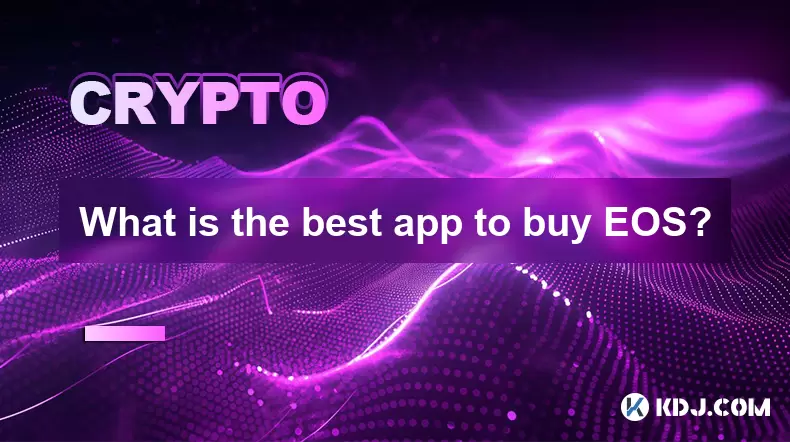
What is the best app to buy EOS?
Aug 07,2025 at 04:35pm
Understanding EOS and Its Role in the Cryptocurrency EcosystemEOS is a blockchain platform designed to support decentralized applications (dApps) with...
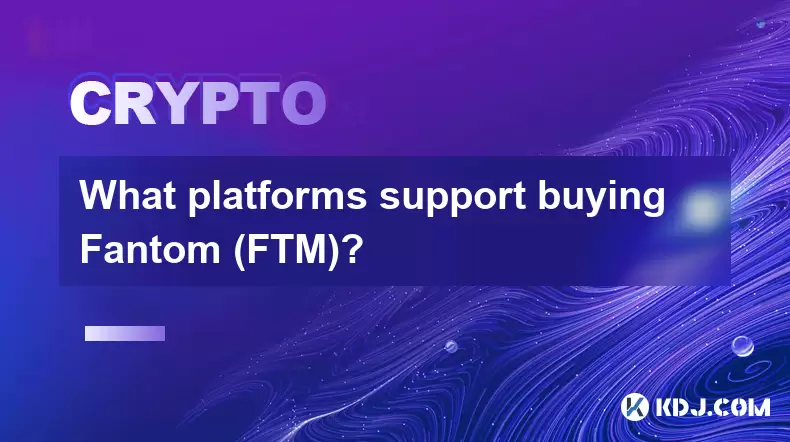
What platforms support buying Fantom (FTM)?
Aug 08,2025 at 01:56am
Overview of Fantom (FTM) and Its EcosystemFantom (FTM) is a high-performance, scalable, and secure layer-1 blockchain designed to overcome the limitat...

Where can I buy UMA (UMA)?
Aug 07,2025 at 06:42pm
Understanding UMA and Its Role in Decentralized FinanceUMA (Universal Market Access) is an Ethereum-based decentralized finance (DeFi) protocol design...

What exchanges support buying IOTA (MIOTA)?
Aug 07,2025 at 09:58pm
Understanding the Role of Private Keys in Cryptocurrency SecurityIn the world of cryptocurrency, private keys are the cornerstone of ownership and con...

How to acquire Holo (HOT) tokens?
Aug 08,2025 at 05:56am
Understanding Holo (HOT) and Its EcosystemHolo (HOT) is a cryptocurrency token associated with the Holo ecosystem, which is built on the Holochain fra...

Where can I get Thorchain (RUNE)?
Aug 08,2025 at 08:07am
Understanding the Role of Seed Phrases in Cryptocurrency WalletsA seed phrase, also known as a recovery phrase or mnemonic phrase, is a critical compo...

What is the best app to buy EOS?
Aug 07,2025 at 04:35pm
Understanding EOS and Its Role in the Cryptocurrency EcosystemEOS is a blockchain platform designed to support decentralized applications (dApps) with...

What platforms support buying Fantom (FTM)?
Aug 08,2025 at 01:56am
Overview of Fantom (FTM) and Its EcosystemFantom (FTM) is a high-performance, scalable, and secure layer-1 blockchain designed to overcome the limitat...
See all articles

























































































